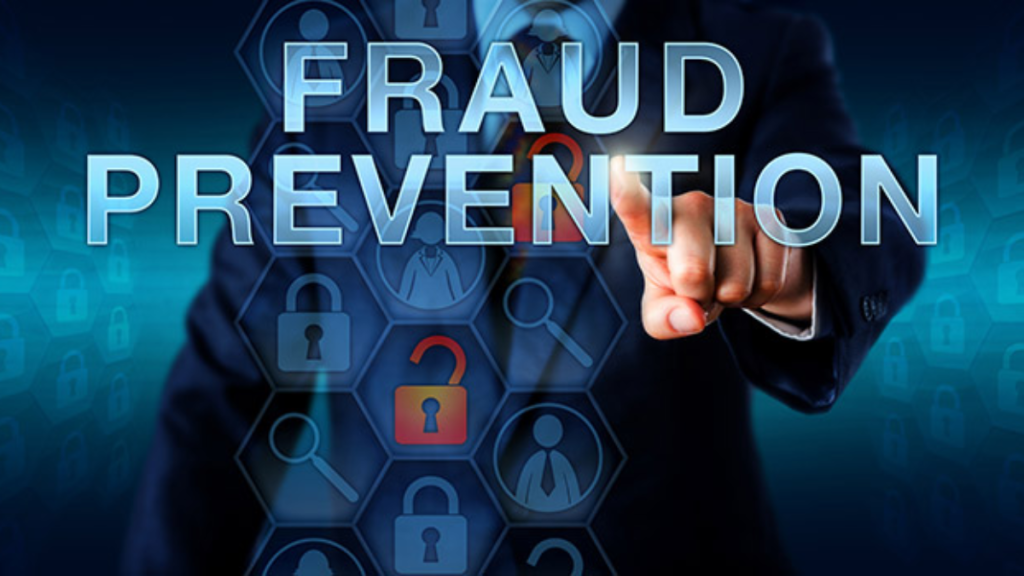Scammers are becoming more sophisticated, using new tactics to deceive people into handing over their money and personal information. Whether it’s phishing emails, fake phone calls, or social media scams, knowing how to spot fraudulent activity can help protect you and your finances.
This article will guide you through identifying common scams and offer practical tips to safeguard yourself.
The Rise of Scams in 2024
Cybercrime and fraud have increased dramatically in recent years. According to cybersecurity reports, online scams have surged, especially through social media and email. Many scams involve identity theft, fake investment opportunities, and deceptive phone calls.
Common scam types include:
- Phishing Emails: Fraudulent emails pretending to be from banks or companies asking for sensitive details.
- Phone Scams: Callers posing as government agencies, financial institutions, or tech support.
- Social Media Scams: Fake advertisements, romance scams, and impersonation fraud.
- Investment Scams: Fraudulent cryptocurrency and stock investment schemes promising high returns.
- Online Shopping Scams: Fake e-commerce websites that take payments without delivering products.
How to Spot a Scam
Recognizing a scam before you fall victim is crucial. Here are some red flags:
1. Urgency and Pressure Tactics
Scammers often create a sense of urgency to make you act quickly without thinking. For example, they might claim your bank account has been compromised or that you owe money to a government agency.
2. Unverified Contacts
Always be cautious of emails, calls, or messages from unknown senders. Check the official website of the organization to verify any suspicious contact.
3. Requests for Personal Information
Legitimate companies will never ask for sensitive information like passwords or bank details via email or phone. Be wary of any request asking you to confirm such details.
4. Too-Good-To-Be-True Offers
If something seems too good to be true, it probably is. Be skeptical of deals that offer high returns on investments with little to no risk.
5. Poor Grammar and Spelling Mistakes
Many scam messages contain spelling and grammar errors. This is often a sign that the sender is not a legitimate business.

How to Protect Yourself from Scams
Preventing scams requires vigilance and proactive security measures. Follow these steps to stay safe:
1. Verify Before You Act
Before clicking a link, making a payment, or providing information, verify the request with the official source. Call your bank or service provider directly if unsure.
2. Enable Two-Factor Authentication (2FA)
Adding an extra layer of security to your online accounts can prevent unauthorized access, even if your password is compromised.
3. Use Strong Passwords
Ensure your passwords are unique and difficult to guess. Consider using a password manager to store and generate secure passwords.
4. Avoid Clicking on Suspicious Links
Hover over links before clicking to check if they lead to a legitimate website. Be cautious of emails or texts asking you to log in to your account through a provided link.
5. Block Unknown Callers and Messages
Use built-in phone features or third-party apps to block spam calls and messages. If you receive a suspicious call, hang up and contact the company using a verified number.
6. Monitor Your Bank Accounts
Regularly check your bank and credit card statements for any unauthorized transactions. Set up alerts to notify you of any unusual activity.
What to Do If You Fall Victim to a Scam
If you suspect you’ve been scammed, take immediate action to minimize damage:
- Report the Scam – Contact your bank, credit card provider, or relevant authority to report the fraud.
- Change Your Passwords – Update your passwords for online accounts, especially if you suspect your information has been compromised.
- Monitor Your Credit Report – Check for any unauthorized financial activity or accounts opened in your name.
- Alert Law Enforcement – In the U.S., report scams to the Federal Trade Commission (FTC) and your local police.
For more resources on scam prevention, visit the Federal Trade Commission.
Conclusion
As scams become more sophisticated, it is essential to stay informed and cautious. By recognizing common scam tactics and implementing security measures, you can protect yourself from fraud. Always verify contacts, use strong passwords, and report any suspicious activity to authorities.
Disclaimer – Our team has carefully fact-checked this article to make sure it’s accurate and free from any misinformation. We’re dedicated to keeping our content honest and reliable for our readers.
